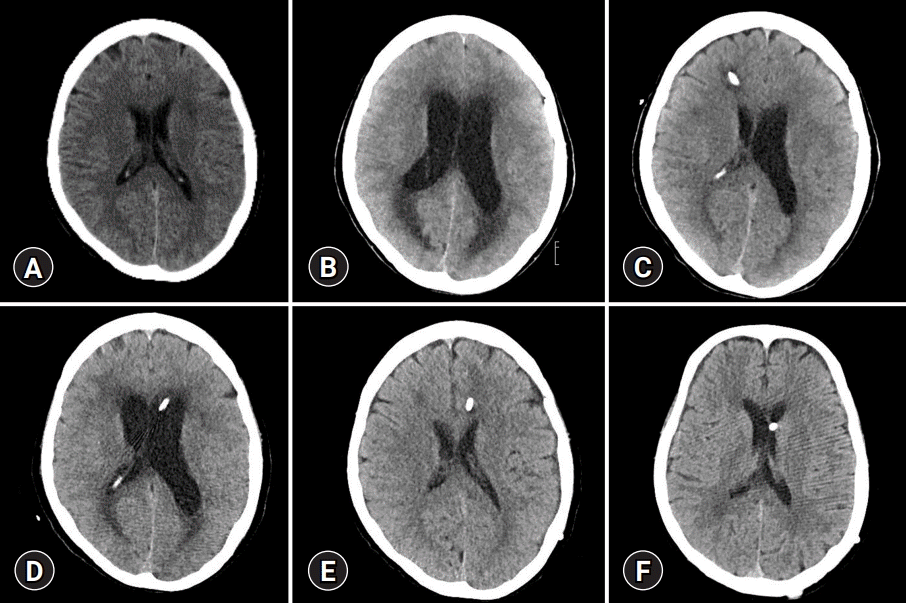1. Cheong HS, Wi YM, Moon SY, Kang CI, Son JS, Ko KS, et al. Clinical features and treatment outcomes of infections caused by Sphingomonas paucimobilis. Infect Control Hosp Epidemiol. 2008; 29:990–2.
2. Ryan MP, Adley CC. Sphingomonas paucimobilis: a persistent Gram-negative nosocomial infectious organism. J Hosp Infect. 2010; 75:153–7.
3. Crane LR, Tagle LC, Palutke WA. Outbreak of pseudomonas paucimobilis in an intensive care facility. JAMA. 1981; 246:985–7.
4. Göker T, Aşık RZ, Yılmaz MB, Çelik İ, Tekiner A. Sphingomonas paucimobilis: a rare infectious agent found in cerebrospinal fluid. J Korean Neurosurg Soc. 2017; 60:481–3.
5. Kim T, Kim DY, Sung H, Kim MN, Kim SH, Choi SH, et al. A case of pneumonia with pleural effusion caused by Listeria monocytogenes. Infect Chemother. 2012; 44:87–91.
6. Schlech WF. Epidemiology and clinical manifestations of Listeria monocytogenes infection. Microbiol Spectr. 2019; 7:GPP3-0014-2018.
7. Pagliano P, Ascione T, Boccia G, De Caro F, Esposito S. Listeria monocytogenes meningitis in the elderly: epidemiological, clinical and therapeutic findings. Infez Med. 2016; 24:105–11.
8. Toh HS, Tay HT, Kuar WK, Weng TC, Tang HJ, Tan CK. Risk factors associated with Sphingomonas paucimobilis infection. J Microbiol Immunol Infect. 2011; 44:289–95.
9. Hajiroussou V, Holmes B, Bullas J, Pinning CA. Meningitis caused by Pseudomonas paucimobilis. J Clin Pathol. 1979; 32:953–5.
10. Tai ML, Velayuthan RD. Sphingomonas paucimobilis: an unusual cause of meningitis: case report. Neurol Med Chir (Tokyo). 2014; 54:337–40.
11. Bolen RD, Palavecino E, Gomadam A, Balakrishnan N, Datar S. Sphingomonas paucimobilis meningitis and ventriculitis in an immunocompromised host. J Neurol Sci. 2015; 359:18–20.
12. Deveci N, Gürkan N, Belet N, Baysal SU. Sphingomonas paucimobilis: an uncommon cause of meningitis. J Pediatr Inf. 2017; 11:e124–8.
13. Mehmood H, Khan N, Ullah S, Ullah A, Marwat A. A rare case of Sphingomonas paucimobilis meningitis in the absence of cerebrospinal fluid pleocytosis. J Investig Med High Impact Case Rep. 2018; 6:2324709618756424.
14. Ciftci N, Dagi HT, Alkan G, Ates F, Tuncer I. Meningitis due to Sphingomonas paucimobilis in a pediatric patient: a case report. Acta Microbiol Bulg. 2018; 34:126–9.
15. Orozco-Hernández JP, Valencia-Vásquez A, Gil-Restrepo AF. Sphingomonas paucimobilis meningitis in a child: first case report. EC Neurol. 2019; 11:127–9.
16. Quagliarello VJ, Scheld WM. Treatment of bacterial meningitis. N Engl J Med. 1997; 336:708–16.
17. van de Beek D, de Gans J, Spanjaard L, Weisfelt M, Reitsma JB, Vermeulen M. Clinical features and prognostic factors in adults with bacterial meningitis. N Engl J Med. 2004; 351:1849–59.
18. Goulet V, Hebert M, Hedberg C, Laurent E, Vaillant V, De Valk H, et al. Incidence of listeriosis and related mortality among groups at risk of acquiring listeriosis. Clin Infect Dis. 2012; 54:652–60.
19. Xu S, Wang L, Cooper E, Zhang M, Manheimer E, Berman B, et al. Adverse events of acupuncture: a systematic review of case reports. Evid Based Complement Alternat Med. 2013; 2013:581203.
20. Chang WN, Lu CH, Huang CR, Chuang YC. Mixed infection in adult bacterial meningitis. Infection. 2000; 28:8–12.





 PDF
PDF Citation
Citation Print
Print



 XML Download
XML Download